If you click on a link and make a purchase we may receive a small commission. Read our editorial policy.
The Contradictions: Sophie Yanow discusses storyboarding, journalism in comics form, and skateboarding
Cartoonist Sophie Yanow delves into journalism in comics form, animation, and skateboarding

Sophie Yanow's comics work is introspective and understated, interesting and measured.
From her early comics like Wars of Streets and Houses to her graphic novel The Contradictions to her political cartooning, Yanow manages to take her own style and perspective and expand the scope and breadth of her body of work without losing sight of her signature voice.
In this conversation conducted during San Diego Comic Con weekend, Yanow chats about her cartooning, both literary and journalistic, and about her recent foray into the world of animation.

Popverse: Sophie, your work takes many forms. You've got your more autobiographical comics, you've got your journalism comics, and now you're working on storyboards for Adventure Time. How do you choose what you're working on next?
Sophie Yanow: Technically, storyboard revisions for Adventure Time. I'm not in the big leagues yet, but I think with storyboarding, it was just sort of an impulse of wanting to work with other people. I finished [The Contradictions] two weeks before the pandemic started, so of course, everybody felt isolated, but I just was kind of like, 'Wow, I just got a long time working on this project by myself and I'd like to work with other people and kind of see what animation is like.'
That was sort of the impetus to go in that direction, but now I'm kind of coming back around to starting to write things again. I think I just also wanted to work on other people's projects for a bit.

Is there anything you can share about what you're working on next?
There's nothing really major. I'm drawing short comics that I'm not sure where they'll end up yet and if they'll turn into something bigger or not, so it's still very gestational.
In an interview with The Comics Journal a few years ago you mentioned you were considering making more work from stable place as supposed to work about travel. And then COVID-19 hit, right? Do you find that during this time, your work has changed between the shift from movement to stability?
You know, one of the other reasons to get into animation was financial stability. I took classes to try to learn how to storyboard, because at first I was like, 'Sure, it's just like comics,' and then 'No, it's not actually just like.' Getting to the other side of learning the basics, I'm finally starting to feel like I'm sort of financially settled. I'm more or less physically settled. I think that's why I'm finally able to start making new work.
I don't know if travel would have changed that, but it does feel like the stability is helpful right now.

Have you met a lot of other cartoonists working in animation?
Yeah, there are quite a few folks who have gone into animation from comics. Particularly Cartoon Network likes to find cartoonists and bring them on to shows like Adventure Time or Regular Show— that was sort of an earlier wave.
I do try to seek out people. As I've been meeting more people in the industry, I tend to reach out to people who also make comics because I do feel like that's a particular touchstone. Like, I had coffee with Stephen Neary, who did the The Fungies for Cartoon Network, and he's an interesting case because he started with animation. He was working at Cartoon Network, and he told me that all these other storyboard artists and directors were making comics— they had come in from comics. So he started to make comics!
I do think there's a cool back and forth, and that a lot of storyboard people or people in animation eventually sometimes gravitate towards comics. Or they go there when they're working on a bigger thing, but they want to be able to have their own ideas and have more sort of individual control and tell their more personal story.
Can you tell me about where your work in animation sits in the process?
In the pipeline? It depends on the show. In animation, there's storyboard driven shows and script driven shows. Adventure Time is a storyboard-driven show, which means the storyboard artists get outlines from the writers, and then they write as they're doing the storyboards. For a script driven show, the storyboard artists get a script from a writer's room; it's much more fleshed out.
My job as a revisionist is to basically clean up, re-storyboard scenes, fix perspective. Sometimes I get to add things in that are a little bit more creative. But I'm still learning, because the craft part of it is actually quite different in terms of how a camera moves through space versus how a panel works on a page.
It's static versus moving.
Yeah. Comics is so much more about composition and bringing the readers eye through. In animation and film, you can draw them through with a camera.
When you said you're learning about the craft of animation, are you watching film? Is that how you're learning?
That's definitely part of it. I've done studies of scenes. I took maybe one film class in college, so I'm somewhat familiar with it, but that was through the art department, so it was much more experimental. I am going through—I watched a scene from Alien where, you'll get a different scene, and it's like 'Where are the characters?' and 'How's the shot moving back and forth?' and 'How are we keeping track of screen direction and also creating the dynamics between characters using composition?' You have the camera moves, and it's a lot to keep track of.
Do you have a favorite movie?
Only Yesterday is sort of a recent favorite. It's Isao Takahata. He's sort of the other Ghibli director. It's about a young woman who— I think she's in her 30s, and she's in Tokyo, and she's going to this farm area, and she has a sort of dream of being a farmer. It's a really kind of weird movie, because it has her reflecting on her childhood. It has all these flashback scenes that use much more experimental animation, but then it has a very clear narrative arc, and then the characters are also having these conversations about industrialization and farming.
It's got a bunch of different elements that I love and also seems so odd to throw together.
Moving into comics. In The Contradictions, there is this great sequence when Sophie (of the book) has this line of thinking in semiotic shortcuts. She goes from seeing a person on a bicycle all to way to that person possibly being queer. In a way, comics are all about these jumps of logic that are being made. Is that the way that you think? Is that the way that you draw?

I do feel like I have sort of an associative type of brain— I don't know, I've never been in anybody else's brain, but I feel like my earlier work is more of a direct reflection of that in the structure of the work itself. War of Streets and Houses and What is a Glacier kind of meander through different ideas. With The Contradictions, I wanted it to have sort of a more, you know, closer to a traditional sort of story where it's not always this internal dialogue, but that is definitely an example of a moment where I sort of allowed that association to come through.
That was a fun scene. I spent a really long time redrawing that scene and picking different—this is total nitty gritty nerd stuff, but originally, you could see the bike move past the character as she's watching it, and it just wasn't working. It was fun to finally realize, 'Oh, I can take the bike out' and then you can see that the character's watching something go by and having this internal process, and you understand what's happening.
So, when I figured that out, it was very satisfying.
Why do you think it wasn't working?
I guess just compositionally. You're looking at two things. I also think when you have just the character who's looking, then it's more about the internal, the 'what's going on.' And as long as you understand that she's looking at something, that's good enough.
Can you talk about how you develop or chose your style for The Contradictions? Because it feels a little different from your earlier comics.
I spent a lot of time redrawing it in different styles. I tried to do it in sort of a pencil-y style, using pencil as the final tool, but that wasn't really working right. And then I tried to do it in like a looser pen and ink style, but I wanted to be a little bit tighter, and I wanted to show, you know, there's not backgrounds and architecture all the time, but I wanted to have a little bit more of like a grounded sense of place than some of my earlier stuff. And I found that when I was trying to do that loose style, it was really hard to keep the energy that I thought was necessary to make that style work, and I still am drawn to that, and I'd love to figure it out someday. But I haven't yet.
This book is longer than anything I ever done before. I felt like I needed to find a style that I could sit down to every day and just get into and be consistent. So the sort of clear line and ended up [being] what I went with and also, because it is referential to European Franco-Belgian comics and so much of the story takes place in that part of the world.
Can you talk about the comics that you in a journalistic style? What's the process like start to finish?

I have some stuff that's more essayistic and then I have some that's on the ground. So I started with the essayistic, and that partially was 'learning to journalism' because I have no formal training. The essayistic stuff, I try to interview people and then do background reading before and after. I tend to do more, scripting than I do with my more personal work. [With my personal work] I don't write a script. I start drawing and thumbnailing at the same time, but with the essayistic stuff, I tend to write and then draw from the script. With the on the ground reportage, at the RNC, I would go out, I would interview people for a few hours in the morning, and then I would go back to where I was staying, draw, send it into The Nib that night, and they would post it the next day.
I did that for, like, five days in a row and then Standing Rock. It was a similar thing. I was there for a few days interviewing people, and then just went home and drew it. That stuff is pretty wild. I didn't have an iPad or anything for any of that. I had a mobile studio set up with a little scanner and a little tablet that I would do the coloring on.
The Trump inauguration, Standing Rock, these were really intense events to cover. What was that like emotionally and how do you go from that immediate emotional experience to having to work on it immediately with very little time to process?
I mean I do feel like sometimes that means I'm processing as I'm writing it. They are definitely reportage with opinion. I was rereading some of that stuff the other day. I was reading the Trump inauguration one, and I was like, 'Oh my god, there's so much of my emotion in this,' that, at the time I was trying to hold back. Reading it, I'm just like, 'Oh no, it's just all on the page.' So in retrospect, I think there's just more of me on there than I realized at the time, and I imagine it's because it is so immediate.
Are there other people working in that state genre of comic journalism who you're inspired by?
I think Susie Cagle—she's been sort of a pioneer of it. She went to Columbia for journalism. She was part of the reason why I tried to figure it out. She's done all kinds of amazing long form work. She reports a lot on the California droughts and fire situation, and she does really in-depth coverage.

Sarah Glidden— I don't think she would say she does journalism per se, but she does a lot of reportage that has a really personal angle, and I really love her work.
And to finish off our chat, what is your favorite thing right now?
My favorite thing right now is skateboarding.
Tell me about that.
I skateboarded a little bit as a kid. When the pandemic started, I got my old skateboard out of my parents' garage, and I went over to my friend's who I knew also used to skate. I was like, 'Hey, let's do this! Let's do a thing where we can hang out outside together.'
I started paying attention to skateboarding media again. There's this like huge queer skateboarding movement happening. There's a lot of queer skaters who are out there in the Bay Area. There's Unity Skateboarding, and they have these queer skate meetups—they put out this amazing video a couple months after I had started skating again. I don't know, the Olympics are happening, and everybody's thinking about skating, and there was this huge boom in skateboard sales. But it's been interesting to look at— a lot of skaters really, really, look at skateboarding as an art form more than a sport.
As I skate more and more, it does feel like this really fun and creative outlet that's kind of similar to high impact dancing. It's just such a different thing and a way to move your body and not be tied to the drawing table.
Thank you so much for your time, Sophie.
Andi Watson on The Book Tour, Kerry and the Knight of the Forest, and comics for kids vs. adults.
Follow Popverse for upcoming event coverage and news
Find out how we conduct our review by reading our review policy
Let Popverse be your tour guide through the wilderness of pop culture
Sign in and let us help you find your new favorite thing.


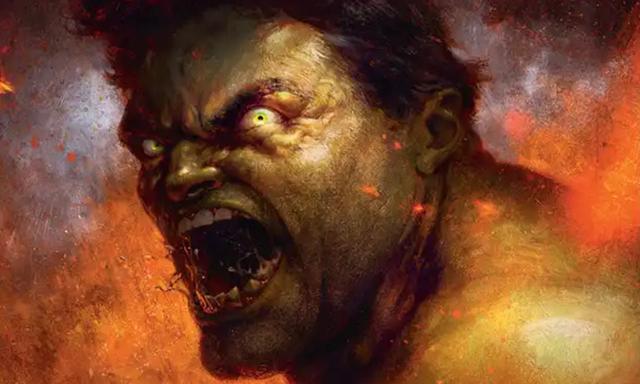

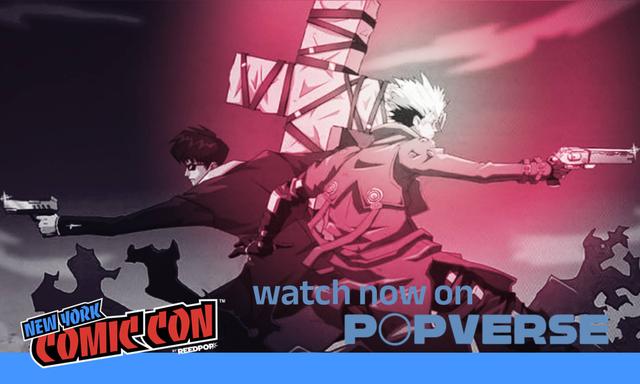
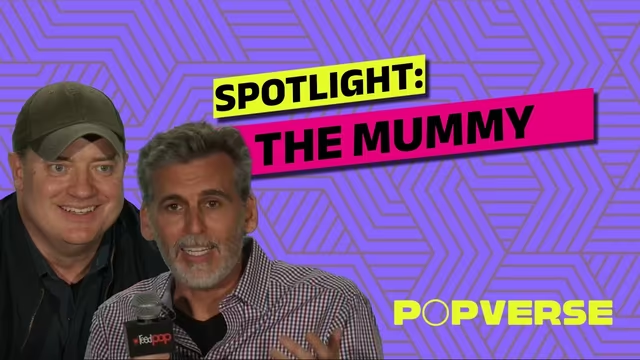

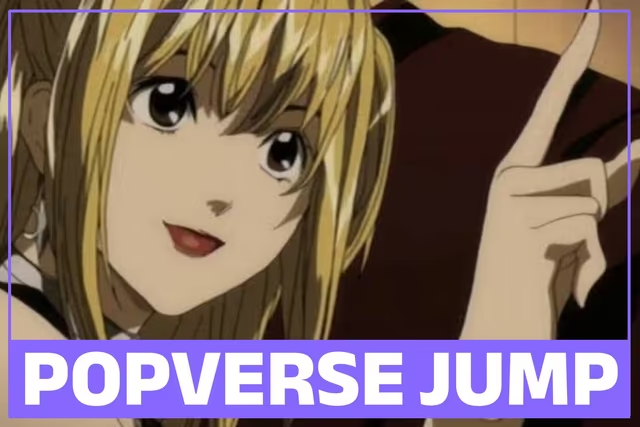
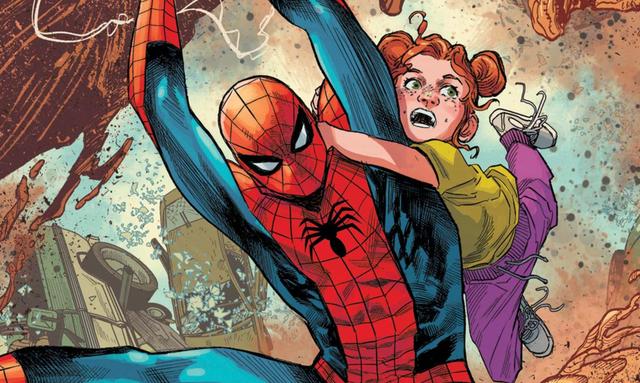
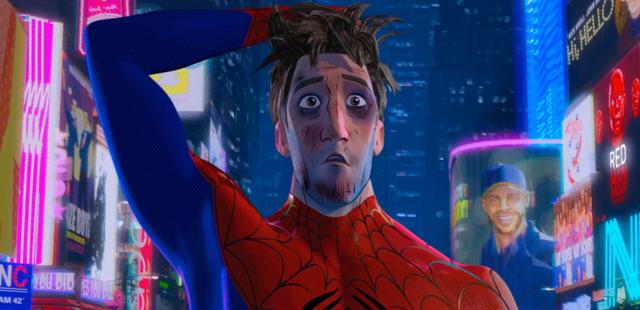






Comments
Want to join the discussion? Please activate your account first.
Visit Reedpop ID if you need to resend the confirmation email.